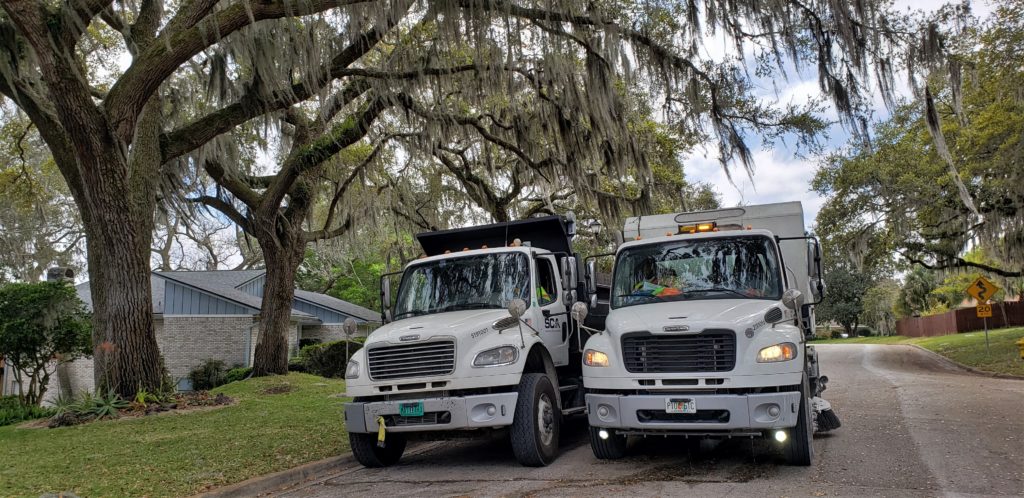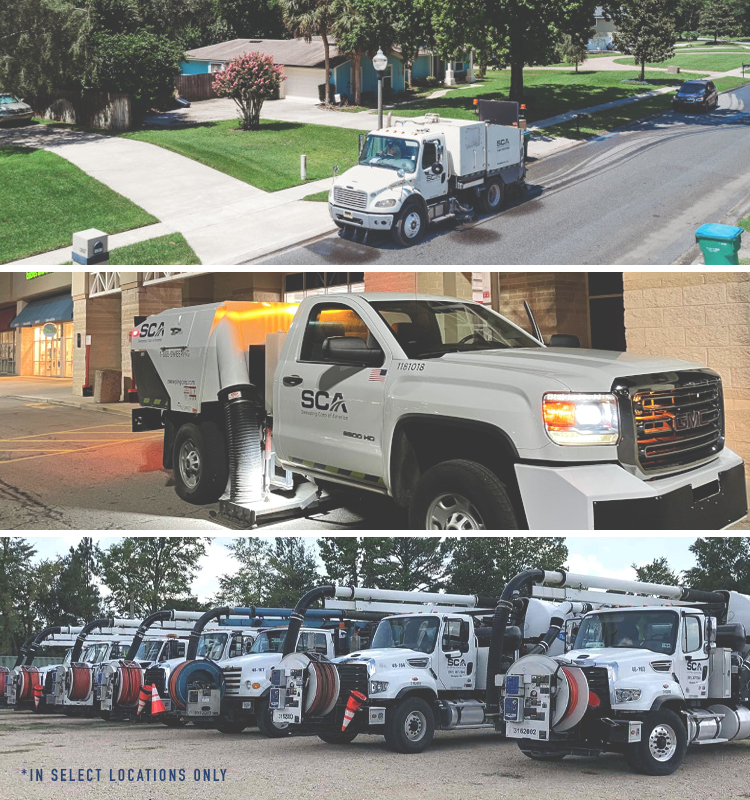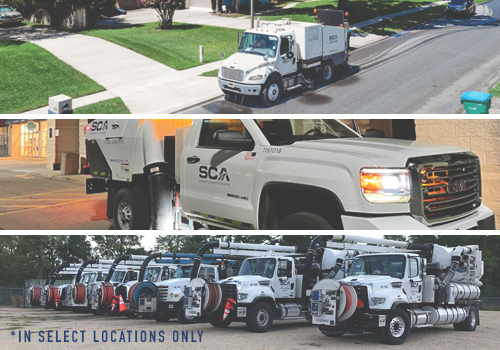Street Sweepers – A Part of History
I’m sure by now you are aware that the common street sweeper has been around for a long time. What you may not be aware of is that there is more technology to these rather noisy machines than most people think. The science behind the water, the brush, and the technology may surprise you!
All of these elements combined in the modern street sweeper help keep neighborhoods clean, improve the environment, and keep people healthy. Here are a few surprising things that many people don’t know about today’s modern street sweeping.
Street Sweepers – One of the First Vehicles on the Road
Sweepers were one of the first mechanical vehicles to appear in cities and residential neighborhoods. The very first street sweeping machine was patented in 1849 by its inventor C. S. Bishop.
Motor-driven street sweepers actually started appearing in the streets of Boise, Idaho in 1914. This was the Elgin motorized street sweeper built by the Elgin Sweeper Company headed up by Mr. D. M. Todd.
Sweeping Science Fact 1: What are those water jets for?
Many people think that the water sprayed by a street sweeper is for cleaning… It’s not.
The water sprayed by a street sweeper is actually a technique to keep dust on the road while the cleaning bristles sweep debris into the hopper. Spraying water on the street is required by environmental laws to keep dust from fouling the air and contaminating the environment. If you see a street sweeper kicking up a lot of dust, then the water jets are either clogged or the water tank on the sweeper is depleted.
Sweeping Science Fact 2: There’s more than one kind of brush!
There are several types of brushes on a street sweeper and they act as a mechanical brooms. These brushes are:
Tube brushes – that have bristles attached throughout the tubes or strips of bristles attached in rows. The bristles are made of either steel, polycarbonate or a combination of both.
Gutter brushes – are shaped like a flat disk and rotate to push curb debris to the tube brushes. The tube brushes then “sweep” the debris onto a conveyor belt which drops it into a collection hopper.
Sweeping Science Fact 3: Everything goes to the hopper
Debris (trash, leaves, branches, etc.) from the sweeping is collected in a storage bin called the hopper.
Storage hoppers come in all different sizes and need to be emptied regularly to avoid jamming the conveyor belt and damaging the mechanical components of the sweeper. Here’s a photo that shows a standard street sweeper emptying their hopper:

Evolving Technology for Sweepers
Sweeping technology keeps advancing. Some recent innovations include:
Sound Dampening – Between the diesel engine, rotating brushes and spinning conveyor belt, a modern street sweeper can be in noisy affair. Sound dampening technology is being built into modern street sweepers with quieter motors and better sound insulation.
Vehicle power – with the focus on environmental impact, newer street sweepers are being powered either by electric battery or natural gas. Natural gas has been in use in a number of cities for the last decade.
Air sweepers – are also being equipped with vacuums and air scrubbers that eliminate the need for the water spray, which is particularly useful in regions that are experiencing drought.
How Can SCA Help You?
SCA has over 60+ years of sweeping heritage. Whether it’s sweeping neighborhood streets and highways, clearing parking lots or construction sites of debris, or cleaning up after a special event like a concert or parade, SCA has the technology, expertise, and professionalism that guarantees satisfied customers and safer, cleaner towns and cities. If you’re in need of street sweeping or Jet-Vac services, contact us today.


